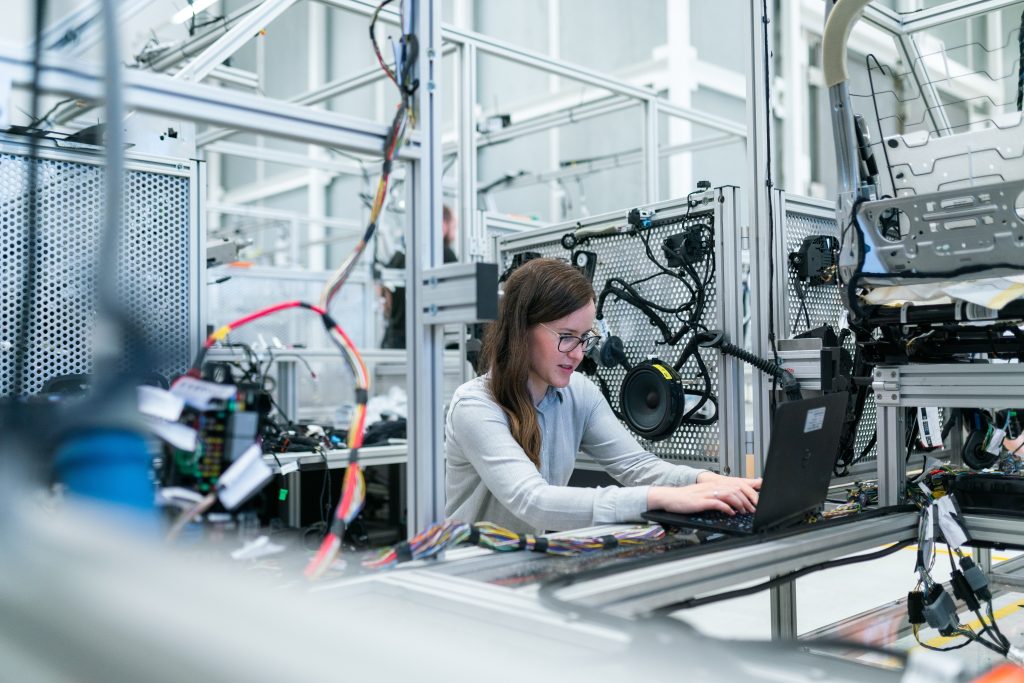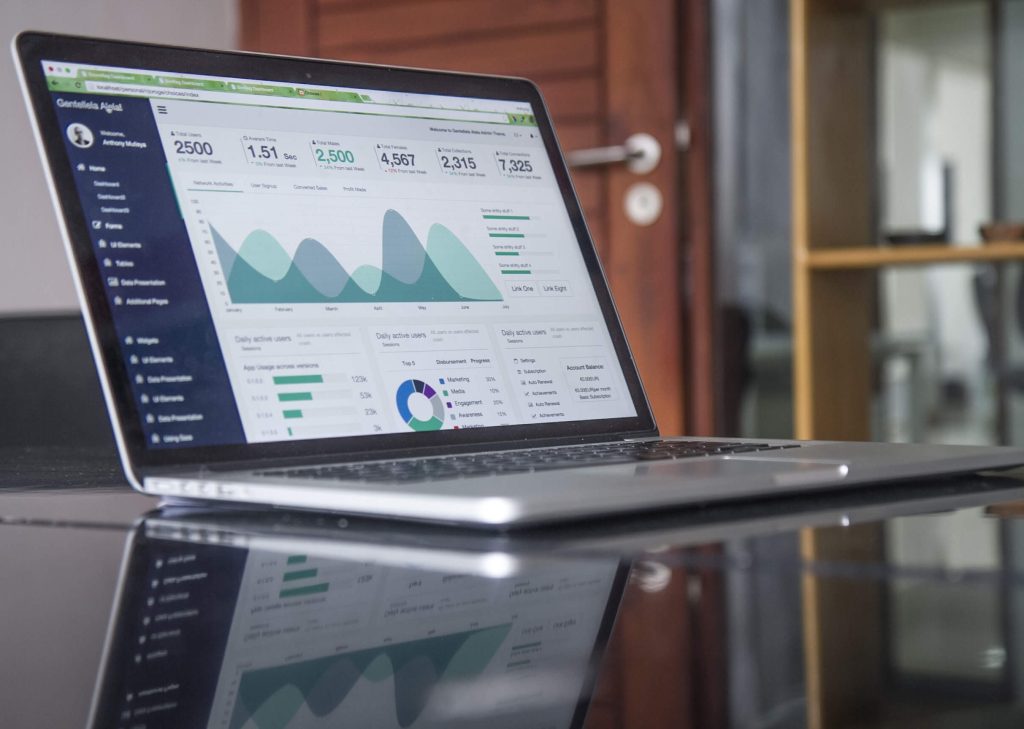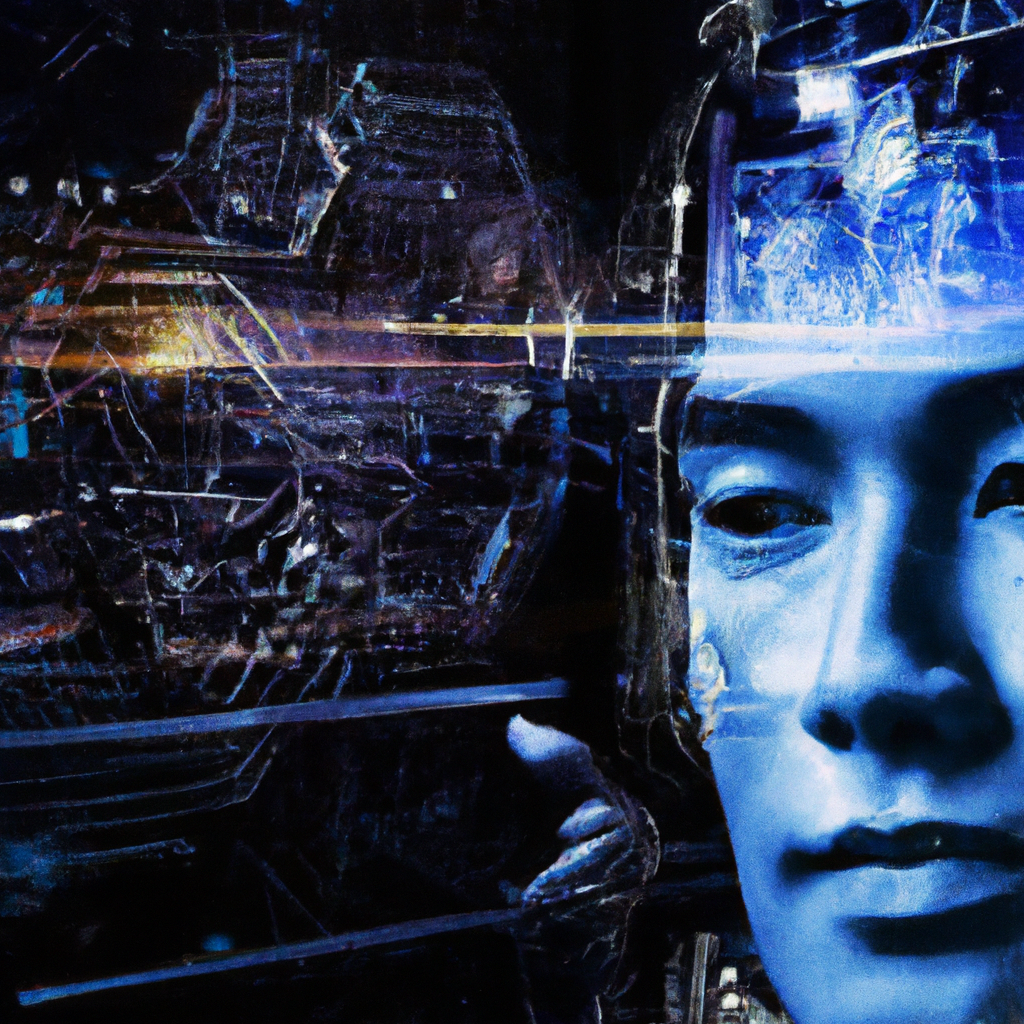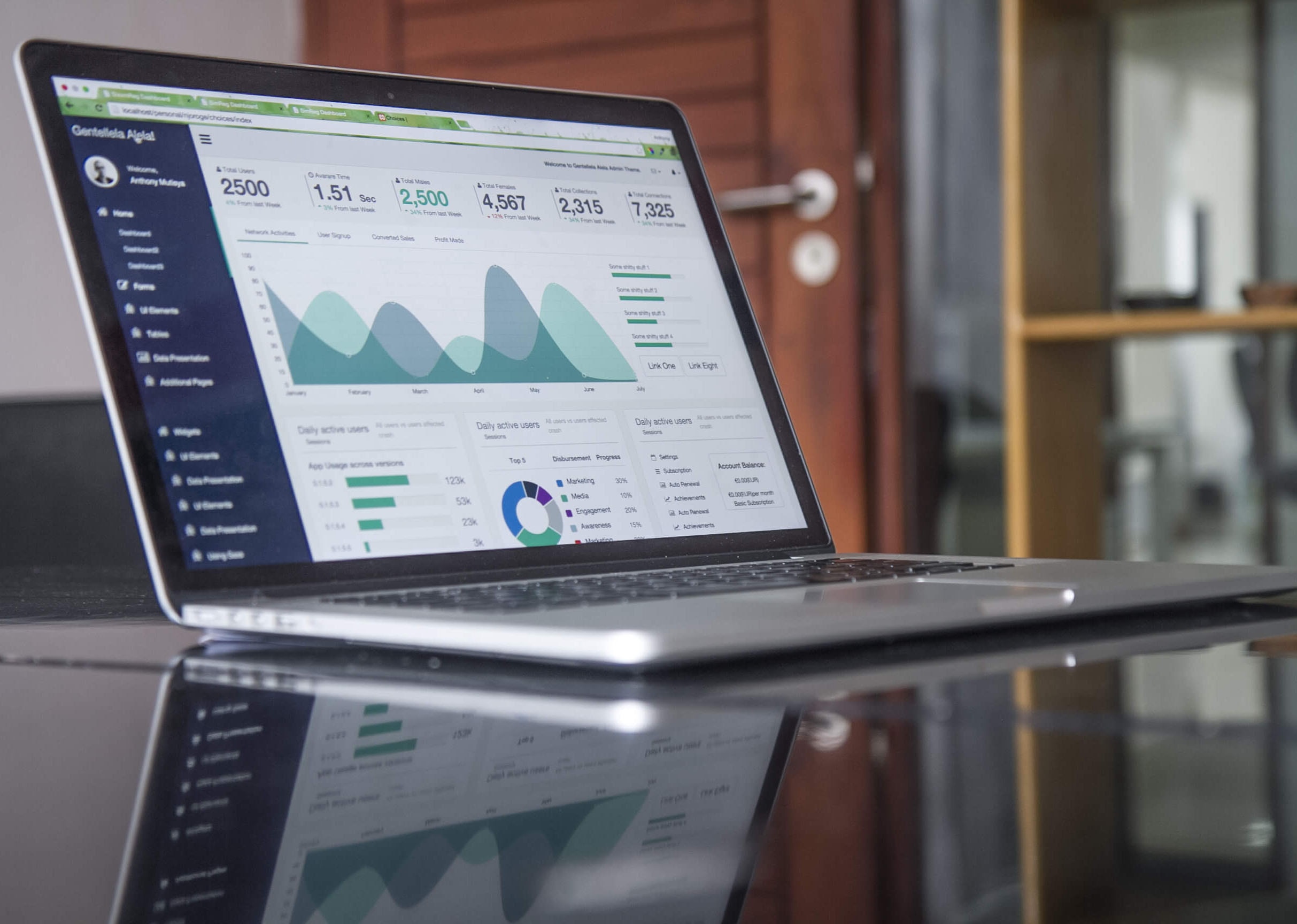Imagine a world where artificial intelligence (AI) holds the potential to protect and empower humanity, where innovative technologies revolutionize industries and improve our quality of life. It is a promising future, but one question lingers in the back of your mind: can AI be used to harm people? As we witness the rapid advancements in AI, it is crucial to explore the ethical implications and potential risks associated with this powerful technology. Join us on this enlightening journey as we navigate the delicate balance between the incredible benefits and the potential dangers AI brings to our society.
The Potential for AI to Be Used for Harm
Artificial Intelligence (AI) has emerged as a powerful technology with the potential to revolutionize various aspects of our lives. However, like any powerful tool, AI also carries the potential for misuse and harm. In this article, we will explore the different ways in which AI can be used with malicious intent, posing risks to individuals and societies. From manipulating information and invading privacy to weaponizing AI and causing social disruption, there are several concerns that need to be addressed to ensure the responsible development and deployment of AI systems.

Manipulating Information and Disinformation
One of the most prominent risks associated with AI is its ability to manipulate information and spread disinformation. AI-powered technologies like deepfakes have made it increasingly difficult to discern what is real and what is artificially generated. Deepfakes, which use AI algorithms to create realistic but fabricated images, videos, or audio, have the potential to deceive and mislead individuals. This poses a grave threat to public trust, as malicious actors can exploit this technology to create manipulated content, thus undermining the credibility of real information.
Automated propaganda is another concern. AI algorithms can be employed to manipulate social media platforms, automatically spreading propaganda and amplifying certain narratives. By exploiting vulnerabilities in the social media ecosystem, AI can be used to disseminate misinformation, fake news, and conspiracy theories. This not only creates confusion and mistrust but also has the potential to sway public opinion, influence elections, and destabilize democracies.
Privacy Invasion and Surveillance
AI also poses significant risks when it comes to privacy invasion and surveillance. With the vast amount of data being collected and stored, AI algorithms have the capability to track and monitor individuals’ activities, preferences, and behavior. This invasive data collection can lead to the creation of detailed profiles that compromise personal privacy. Moreover, the rise of surveillance capitalism, where companies profit by selling or exploiting individuals’ data, raises concerns about the excessive surveillance and potential abuse of personal information.
Cyberattacks and Hacking
AI is not only vulnerable to misuse but can also be weaponized in the world of cyberattacks and hacking. As AI technologies advance, so do the tactics and capabilities of cybercriminals. AI-enhanced cyberattacks leverage machine learning algorithms to automate and optimize hacking techniques. AI can discover vulnerabilities, craft sophisticated phishing attacks, and even learn from past attacks to evade detection and further exploit systems. With the ability to steal personal information and sabotage critical infrastructure, AI-driven cyberattacks pose a substantial threat to individuals, organizations, and nations.
Weaponization of AI
Perhaps one of the most worrisome applications of AI is its potential weaponization. Autonomous weapons, guided and controlled by AI algorithms, introduce a new level of danger on the battlefield. These weapons can independently identify, track, and engage targets, without the need for human intervention. This raises concerns about the accountability and ethical considerations surrounding the deployment of lethal AI systems. Moreover, AI-guided attacks and AI-assisted terrorism present serious risks, as malicious actors can exploit AI technologies to carry out destructive acts while minimizing the risk to themselves.

Dangerous Autonomous Systems
The development of autonomous systems powered by AI carries inherent risks. Malfunctioning self-driving cars, for instance, have the potential to cause accidents and harm individuals. Unpredictable robotic systems can pose physical threats in various domains, from manufacturing to healthcare. AI-controlled drones, when misused, can infringe on privacy, conduct surveillance, or even deliver harmful payloads. Ensuring the safe and reliable operation of autonomous systems is crucial to mitigating potential harm and building trust in AI technology.
Psychological Manipulation
AI-driven technologies also have the capability to manipulate and exploit human psychology. Persuasion techniques powered by AI can be deployed to influence individuals’ decision-making and behavior, often without their awareness. Emotional exploitation, through the analysis of users’ emotions and vulnerabilities, can be utilized to manipulate people’s feelings and actions. Additionally, AI algorithms can be engineered to create addictive experiences, driving individuals to engage with certain platforms or products, often to their detriment. Such psychological manipulation calls for careful consideration of ethical boundaries and the potential harm inflicted on individuals.

Social and Economic Disruption
The widespread adoption of AI technologies can have profound social and economic consequences. One concern is job displacement and unemployment, as AI systems automate tasks previously performed by humans. While AI has the potential to create new job opportunities, the transition may be challenging for those whose skills become obsolete. This can lead to growing wealth inequality and social division. Additionally, AI algorithms can be exploited to manipulate markets, leading to fraudulent practices and unfair advantages for certain actors. These disruptions require proactive measures to ensure a fair and equitable society.
Unintended Consequences of AI Decisions
AI systems make decisions based on complex algorithms and massive datasets. However, these systems are not immune to biases and discrimination. Biased decision-making can lead to discriminatory outcomes, further perpetuating existing prejudices. For instance, AI algorithms used in hiring processes may inadvertently discriminate against certain groups, perpetuating gender or racial biases. Moreover, the allocation of resources by AI-powered systems may result in an unfair distribution that disadvantages marginalized communities. Identifying and mitigating these unintended consequences is vital to ensuring the ethical and fair use of AI.

Bias and Discrimination
Bias and discrimination are central ethical concerns when it comes to AI. AI algorithms are trained on historical datasets that may contain inherent biases. These biases can then be perpetuated or amplified by AI systems, leading to discriminatory outcomes. For example, facial recognition algorithms have been shown to be less accurate when recognizing individuals from certain racial or ethnic backgrounds. Addressing and mitigating bias in AI algorithms is crucial to ensure fairness and to avoid reinforcing societal prejudices.
Ethical Concerns
The ethical implications of AI are vast and need to be addressed to ensure the responsible development and use of AI technologies. Lack of accountability and transparency in AI systems raises concerns about who is responsible for the actions or decisions made by AI algorithms. As AI becomes more autonomous, the question of accountability becomes even more pressing. Additionally, AI applications can present moral dilemmas, such as autonomous vehicles having to make split-second decisions that may impact human lives. Establishing clear ethical guidelines and frameworks becomes imperative to guide the development and deployment of AI.
In conclusion, while AI has remarkable potential to benefit humanity, it also carries the potential for harm. From manipulating information and invading privacy to weaponizing AI and causing social disruption, the risks associated with AI misuse are significant. Addressing these concerns requires a multi-faceted approach involving regulation, transparency, ethical considerations, and responsible development practices. By actively addressing these challenges, we can harness the power of AI while minimizing the potential harm it may cause to individuals and society.










